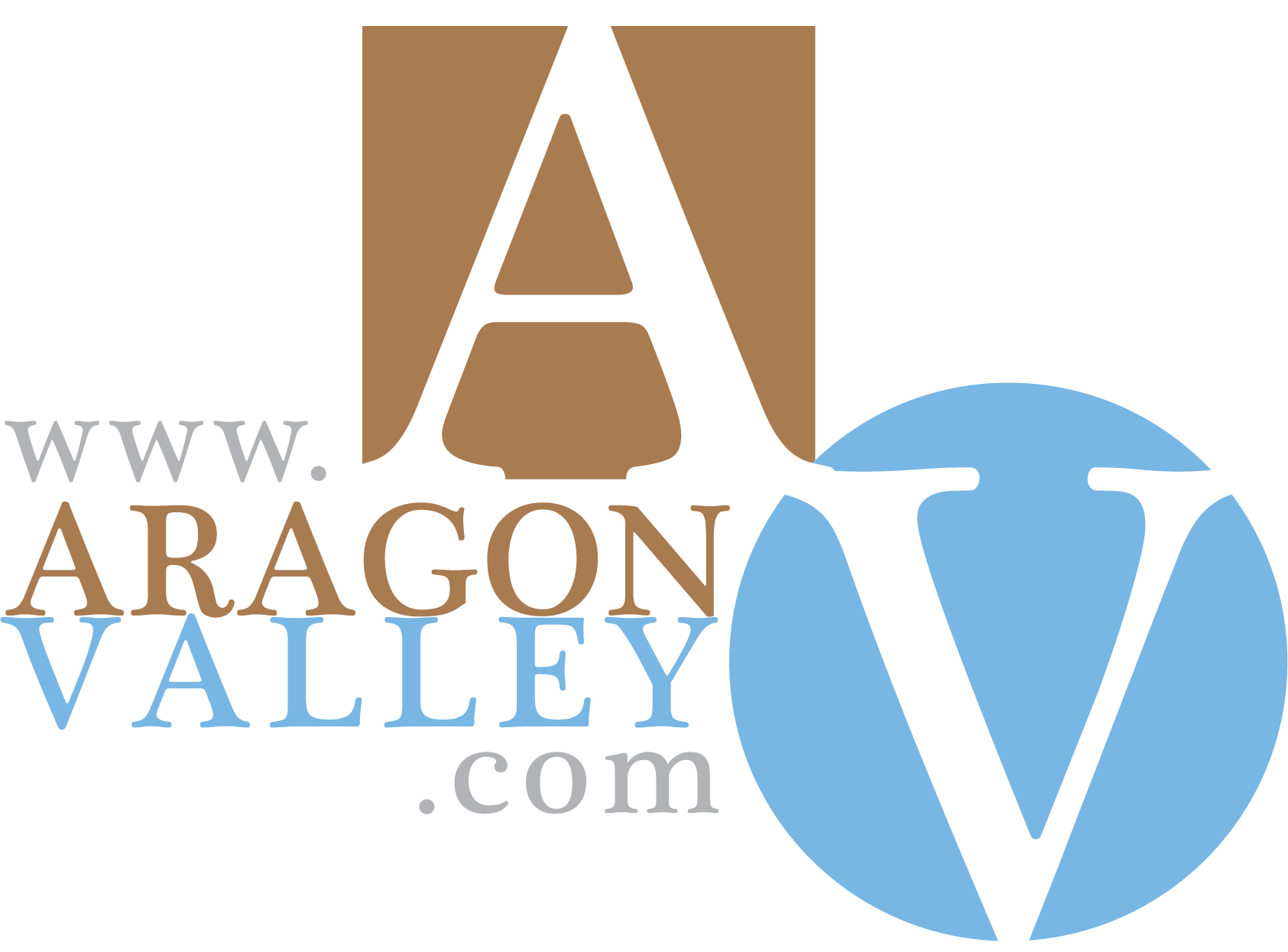In the thick of the overwhelming Internet´s development, I still believe that online education is one of its major achievements, for its disruptive and potential impact on key aspects in billions of people, either in the personal or professional sphere, be it in the developing or developed regions around the globe. From its boost as a mainstream resource roughly four years ago (“Massive open online course,” n.d.), online education is continuously growing and growing. When it comes to the professional sphere, online education is a must baseline for any individual (person or organisation) aiming to be utterly up-to-date and competitive.
Albeit, online education has increasingly merging/embedding with side “partners” to gain and remain in the academic and professional state-of-the-art. One of these partners are some resources that researchers and academics (whatever the field) have been creating and using for years (centuries), in an exclusive way. This article is all about some typical and exclusive research-purpose tools and resources that the Internet has also put at everyone´s disposal to improve the people´s skills, and take the performance of professionals and organisations to the next level. These are: literature sources and referencing tools.
Literature sources (academia)
Literature sources can be classified in two types: primary and secondary sources. Secondary sources involve public access publications such as textbooks, general articles, newspapers, web pages, etcetera. Primary sources embrace the typical reviewed publications, such as research journals and conference proceedings. These primary sources tend to be more reliable as they have been assessed by other academics, and have been traditionally regarded as the real academic sources, highly restricted to academic circles, specially before the Internet made possible its online dissemination from the 1980´s (Jankowicz & Wallace, 2016).
Yet after the disruption caused by the Internet, some academia actors (researchers, publishers) struggled to keep control and limited access to primary literature sources by means of schemes like subscription, membership, ranging (Dans, 2016). Despite these efforts, today there is a huge amount of these primary sources freely accesible on the Internet:
- Online journals. There is an increasing number of open online journals devoted to specific topics. For example, going to the topics covered in this blog, a simple search with any Internet browser looking for “sustainability management journal”, will bring a bunch of journals on the matter, e.g. the Journal of Sustainability Management, the Journal of Management and Sustainability or the Journal of Management for Global Sustainability;
- Conference proceedings are academic papers published in the context of an academic conference. The proceedings levels of quality controls varies from conference to conference (“Proceedings,” n.d.). Services like the British Library Integrated Catalogue indexes proceedings from all over the world;
- Research theses are another important source of information. Many academic institutions and universities publish the theses linked to their educational programs or specific fields of study, e.g., the EThOS e-theses online service of the British Library;
- There are specific web search engines, such as Google Scholar, indexing scholarly literature (“Google Scholar,” n.d.) and social networks like ResearchGate to share papers, ask and answer questions, and find collaborators (“ResearchGate,” n.d.)
Halfway between the primary sources and the aforementioned secondary sources may be found some magazines/sites which, being strict, can´t be regarded as academia resources but, by supporting its publications on sound sources, gained recognition on specific topics. Another strong source of information are the official webpages of organisations, since the information they publish is obviously regarded as “official” and bias-free (beyond the values of the own organisation) as the contents are not treated by any intermediary.
With this in mind, any sound professional activity (reports, meetings, decision-making processes, advice, training programs,…) requiring support, should be eventually sourced and backed by consistent sources, closer to primary sources better than the secondary ones.
A good set of sources increases the credibility of the work and its author and, as important as the information quality is to make a due reference of the source, when possible. This links to the second group of resources: referencing tools.
Referencing tools.
Once a source is used (citation, paraphrase, consult), it must be referenced. Building references and bibliography comprises procedures and techniques that may become an entire field of specialisation (Mairal, 2014). This referred article provides an overview on the basics of referencing:
Differences between citation and paraphrase; reference, bibliography and plagiarism.
Now, the current article is aimed at providing some e-tools to make the referencing process easier.
To build a reference to be copied/pasted to any digital document, one may go to online generators like this. An extended list of these kind of tools may be easily found with a simple search on the Internet.
Of course, desktop and mobile devices versions and apps of these tools also exist.
Even when blogging, specific themes and plugins exist to make it much more simple. In the moment of drafting this article (Apr.2017), I am using the Education Hub theme together with this Academic Blogger´s Toolkit plugin to automatically build the citations and references in this blog´s article.
Well selected sources and built references provide great added value to a work and conveys professional ethics and integrity. Thanks to the Internet, the exclusive knowledge historically restricted to selected academic circles is becoming more and more accesible. Taking advantage of this, can make a huge difference in your professional performance.

 Aragonese
Aragonese English
English Spanish
Spanish